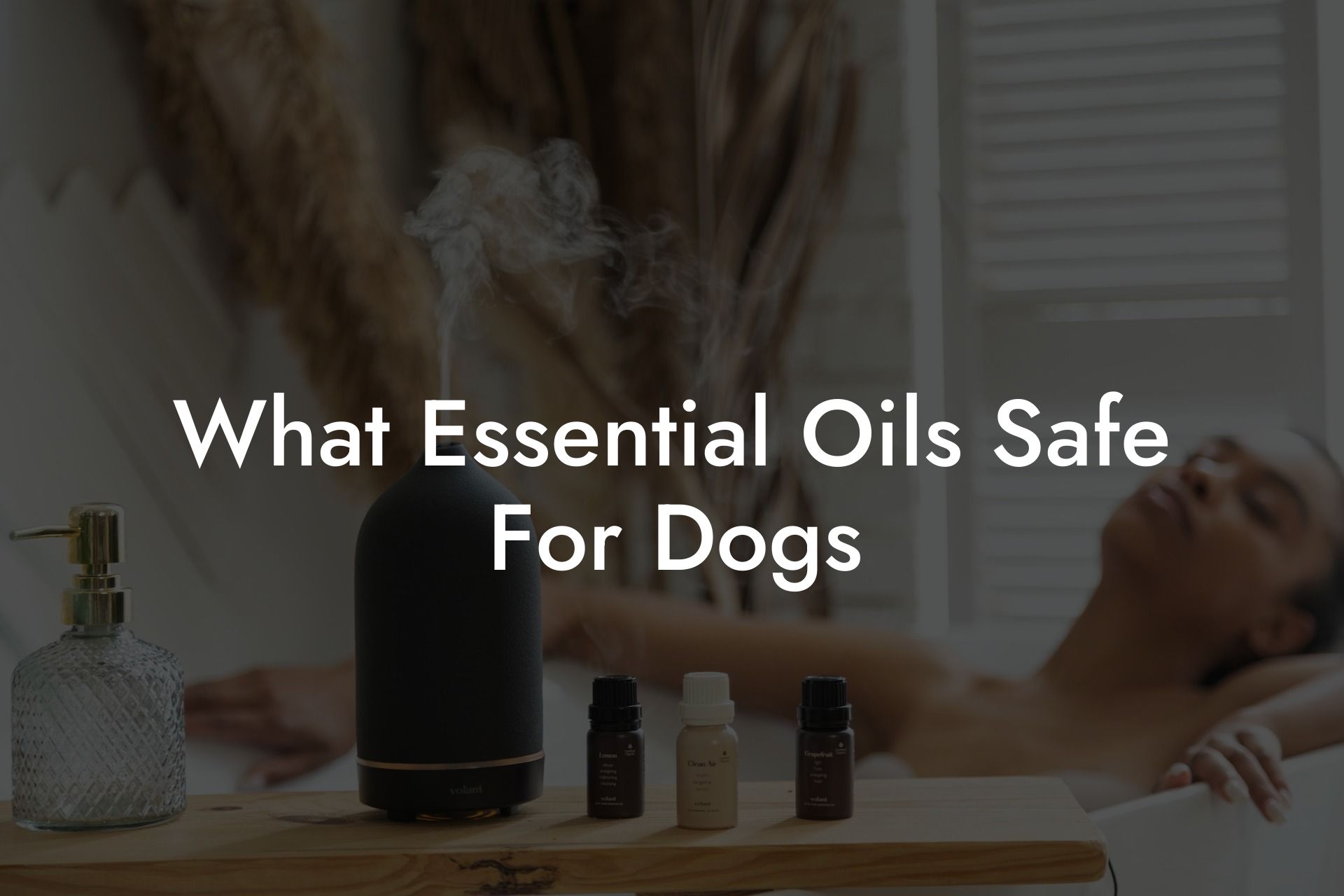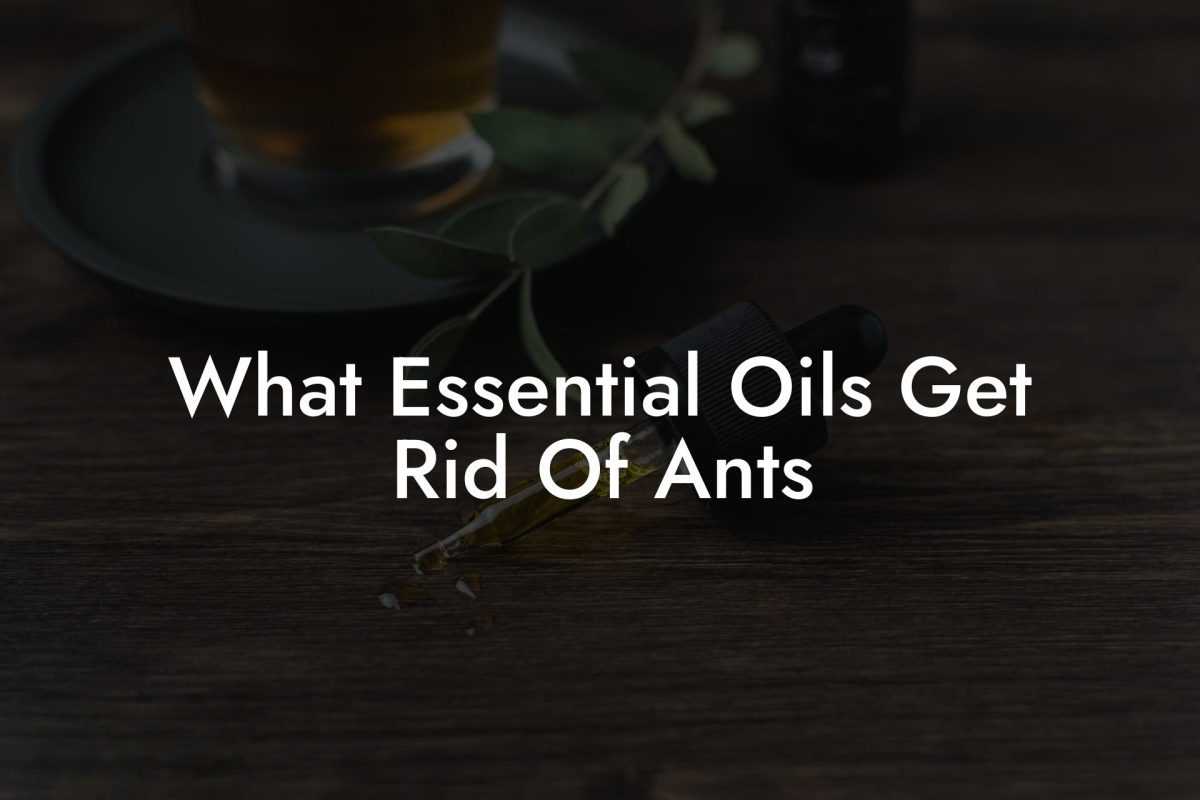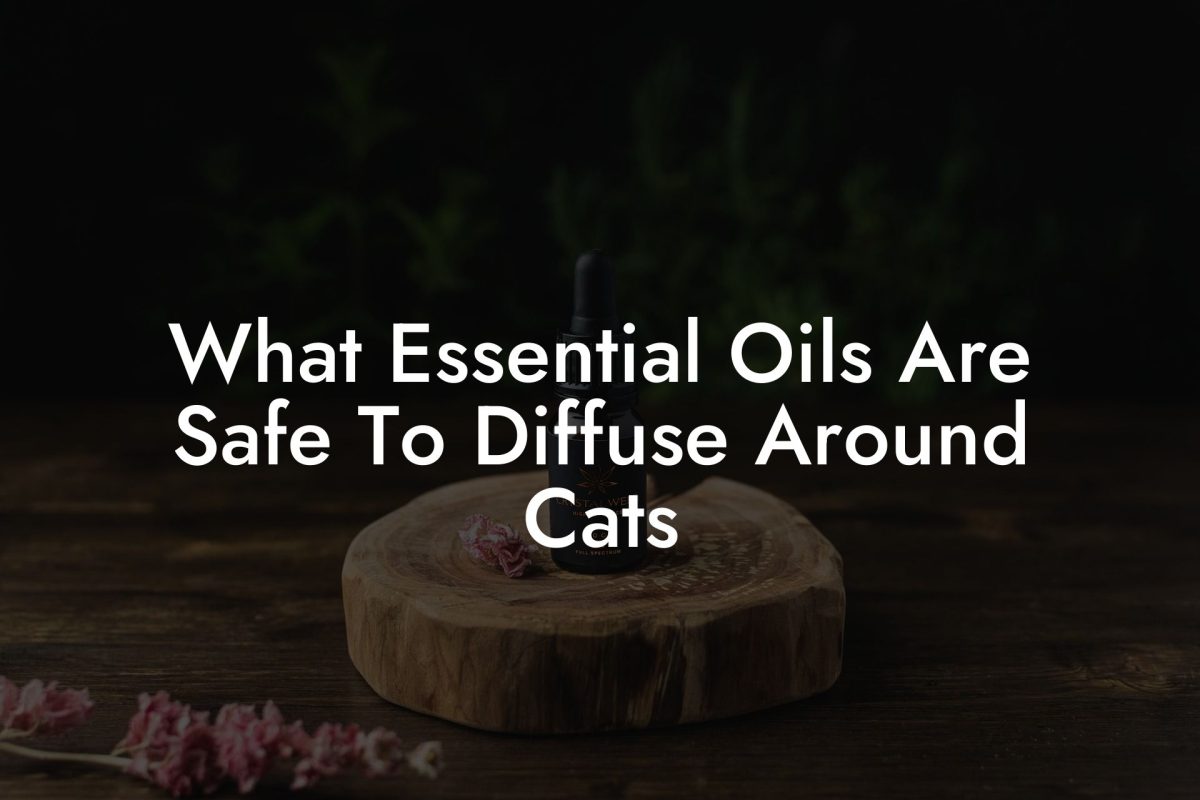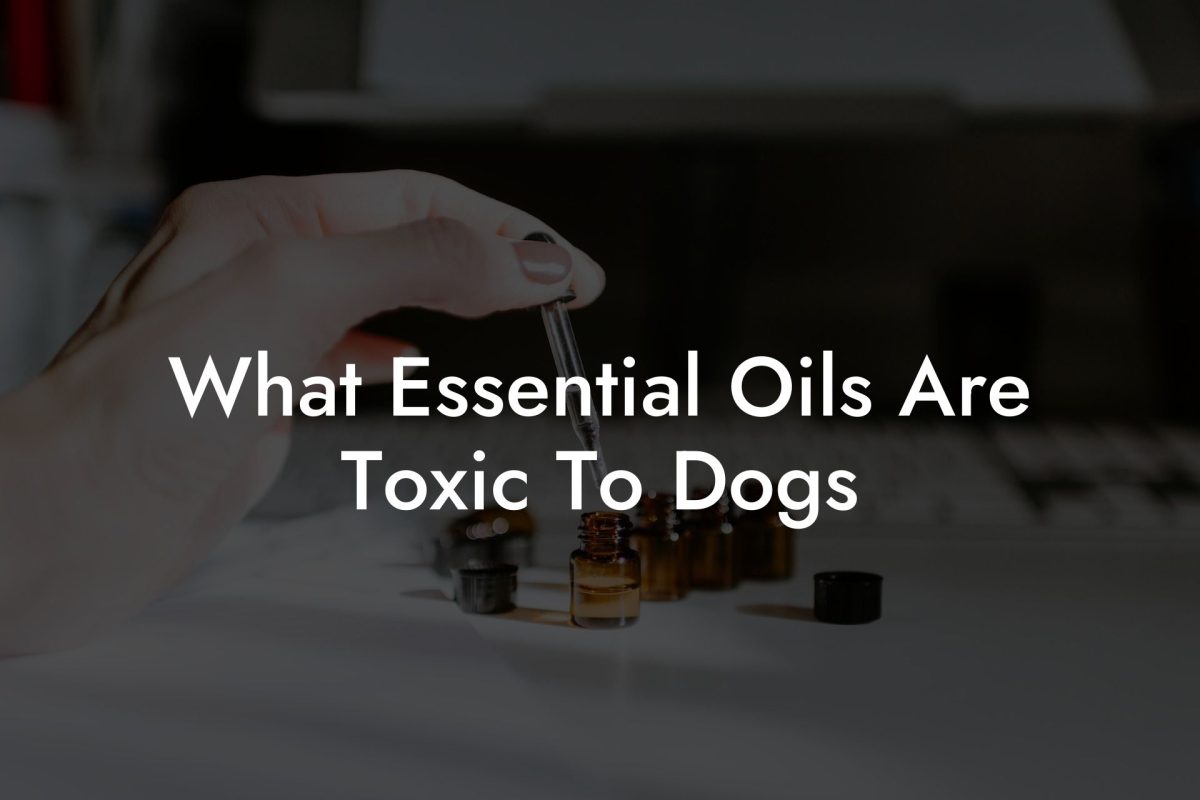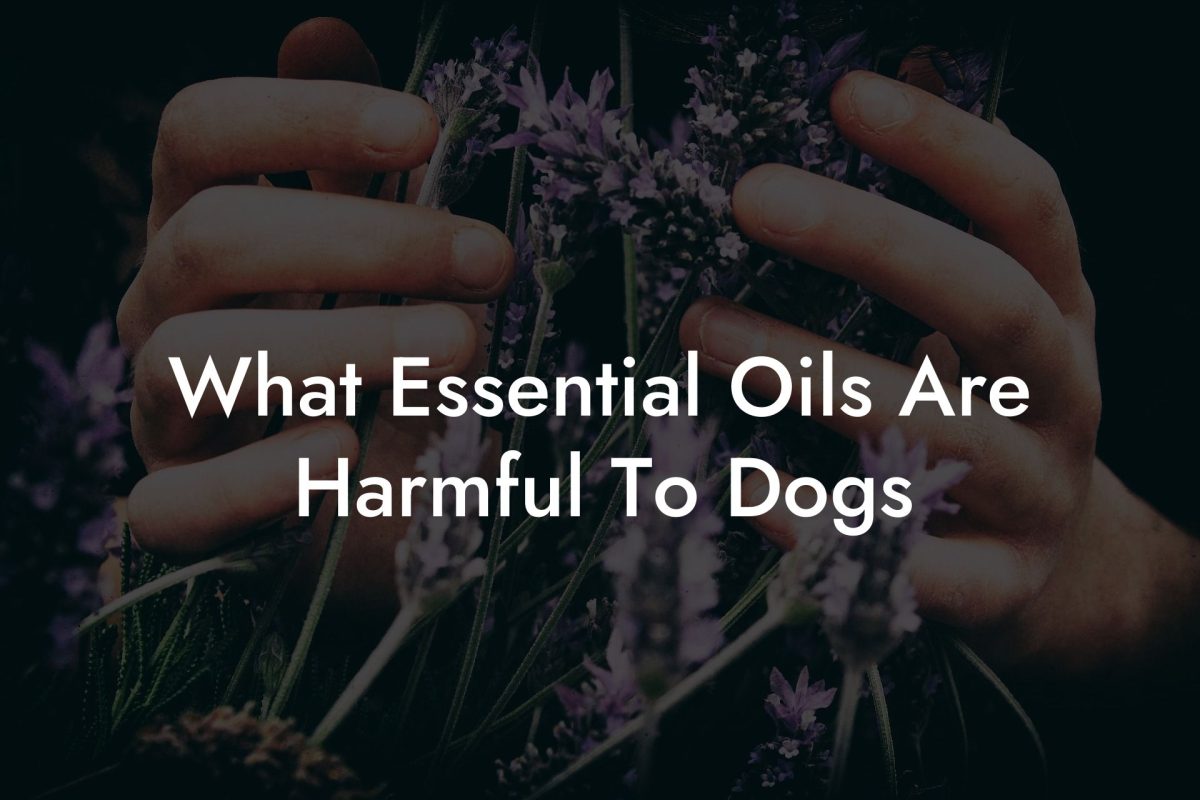As a dog owner, you are always looking for ways to improve your furry friend’s well-being and happiness. One popular method is the use of essential oils, which can promote relaxation, repel insects, and even help with certain health issues. But what essential oils are safe for dogs? In this article, we’ll explore the best dog-friendly essential oils and how to use them effectively while keeping your canine companion safe.
Table of Contents
Understanding Essential Oils and Dogs
Essential oils are highly concentrated natural substances extracted from plants, used for their healing properties and pleasant scents. While many humans enjoy the benefits of essential oils, it’s essential to remember that dogs have a much stronger sense of smell. Therefore, certain oils can cause discomfort or even be harmful to your pet.
Essential Oils Safe for Dogs
It’s crucial to choose the right essential oils for your pet’s wellbeing. Here are some dog-friendly essential oils to incorporate into your home:
- Lavender: Known for its calming properties, lavender can help reduce anxiety and stress in dogs. Perfect for pets who deal with separation anxiety or loud noises such as thunderstorms or fireworks.
- Peppermint: With its cooling effect, peppermint can help soothe sore muscles or joints and repel insects. However, it should be used in low concentrations for dogs with sensitive skin.
- Chamomile: Similar to lavender, chamomile aids in relaxation and can be helpful for dogs with anxiety or who have trouble sleeping.
- Frankincense: Known for its anti-inflammatory and immune-boosting properties, frankincense can be beneficial for dogs with allergies or skin issues.
- Caraway: This essential oil can help with indigestion and soothe an upset stomach in your canine companion.
How to Use Essential Oils for Dogs
Before using essential oils on your dog, always consult with a veterinarian, especially if your dog has health issues. Here are some tips on how to use essential oils safely:
- Dilute the oils: Essential oils should be diluted with a carrier oil, such as coconut or almond oil, before applying to your dog’s skin. This helps prevent skin irritation or potential toxicity.
- Introduce oils gradually: Start with a small amount and gradually increase the concentration or frequency of use to see how your dog reacts.
- Use proper application methods: Never apply essential oils directly to your dog’s eyes, ears, or genital areas. Instead, use a diffuser or apply oils to a dog’s collar or bedding.
- Monitor for adverse reactions: Keep an eye out for signs of essential oil toxicity, such as vomiting, drooling, tremors, or difficulty breathing.
- Avoid unsafe essential oils: Some essential oils, like tea tree, cinnamon, and clove, are toxic to dogs and should be avoided.
What Essential Oils Safe For Dogs Example:
Imagine you have a dog who experiences anxiety during thunderstorms. To help calm your pet, you could diffuse a blend of lavender and chamomile essential oils in a room where your dog can rest and escape the scary noises. Alternatively, you can create a calming spray by mixing a few drops of lavender and chamomile oils with water in a spray bottle. Spritz this mixture onto your dog’s bedding or even on your pet’s collar to create a comforting environment.
With the information provided in this article, you can confidently introduce essential oils into your dog’s daily routine, ensuring a happier and healthier canine companion. Remember, always consult with a veterinarian, and practice safe application methods to protect your beloved pet. If you found this article helpful, don’t hesitate to share it with fellow dog owners. To learn more about essential oils and their incredible benefits, explore other comprehensive guides on Oshu Oils. And, if you’re looking to incorporate essential oils for your own well-being, don’t forget to check out Oshu Oils’ curated range of artisan essential earth oils.

